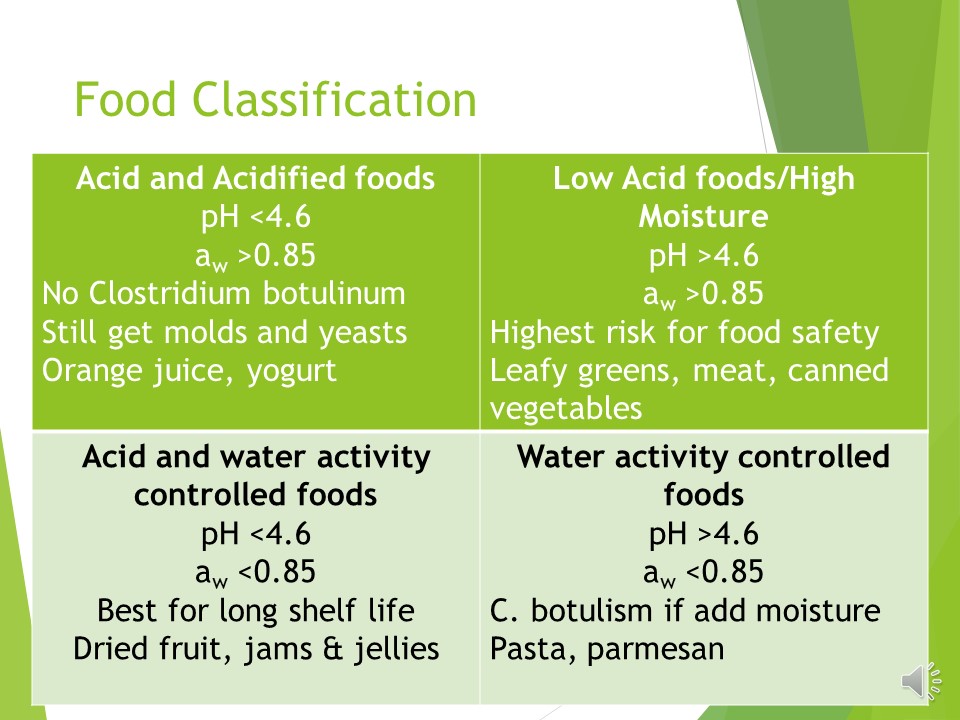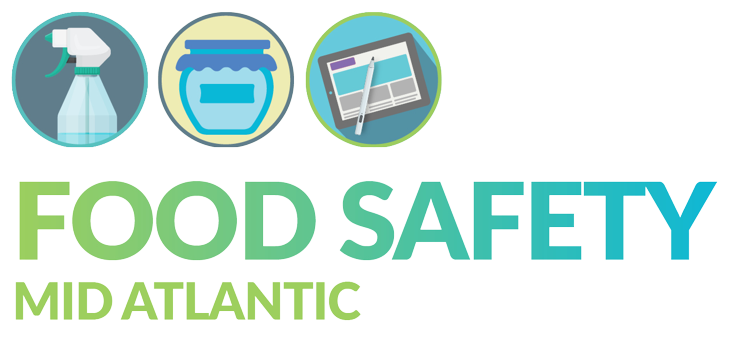I have written three articles about how we can use food processing to make our food safer and I call these the HARM series because Heat, Acid and Reduced Moisture are the main ways we can reduce the risk of foodborne illness. There are other ways, such as adding preservatives, high pressure processing, or specialized packaging which require specialized equipment or food science knowledge and typically are not what I would suggest first to my clients.

There is another way we can use our knowledge of HARM to preserve our food and make it safer. In the food industry, this is known as hurdle technology, where we apply more than one protection method. Each way we protect our food is a hurdle that should stop bacteria from surviving in the final product. For example, if we acidify a food and then heat it, we have put two hurdles in the way of the bacteria. Packaging and storage temperature also count as a hurdle. Here are some examples:
- Acidify and store cold (yogurt)
- Acid food, heat to pasteurize, aseptically package (long shelf life orange juice)
- Dehydrate to reduce moisture below a water activity (aw) 0.60 and package (pasta)
- High heat, remove oxygen, package with an oxygen barrier (anything in a can or glass bottle)
The USDA and FDA use this knowledge to determine how food should be processed to ensure consumer safety. As this table shows food is divided into four categories depending on pH and aw. Food with high aw and high pH are the foods with the highest risk of foodborne illness. Thus, it is recommended to heat these foods extensively especially if they are being stored without oxygen.

Foods with a low aw, especially if it is below 0.85 the magic number where pathogenic bacteria don’t grow, are typically considered safe and packaged to stop moisture entering the food.
Foods with a low pH, the magic number here is pH less than 4.6 because that stops Clostridium botulinum, need to be heated, just not as extensively as food with a higher pH. For each type of food different records and processes are expected to be kept and followed.
Where does your food fit in our classification scheme? If you are not sure that your processing makes a safe food: Book a call today.
